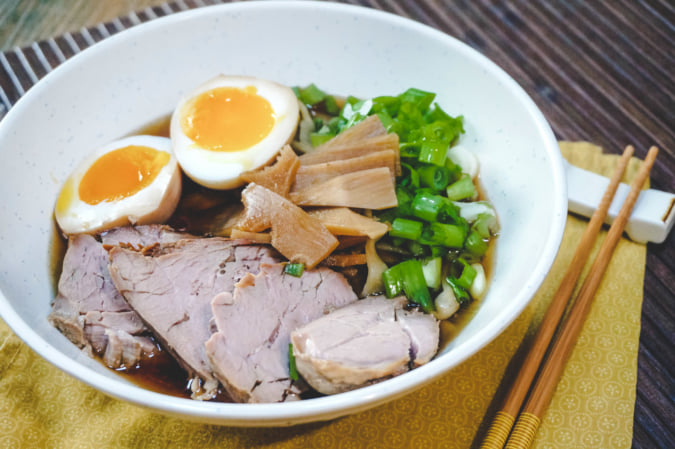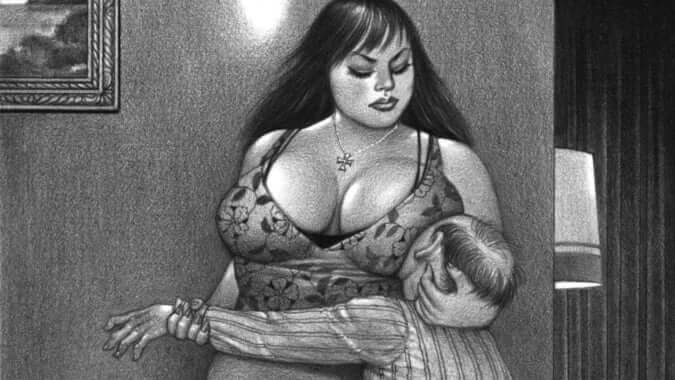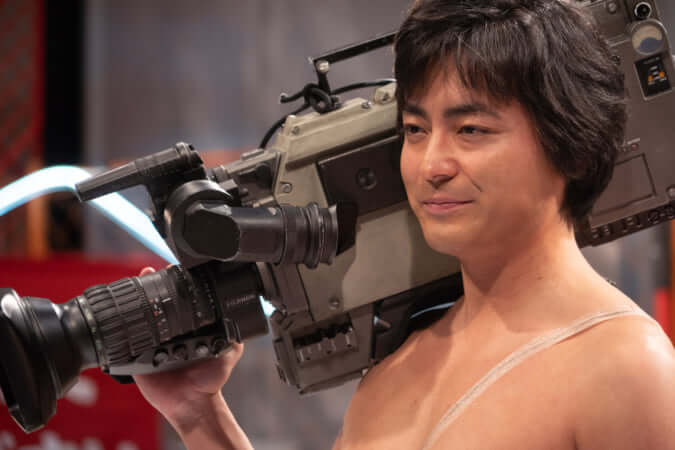How Lily Deakin Rediscovered the Carefree Spirit of Childhood Through Pole Dancing
Despite the hypersexualised clichés that surround it, this discipline that breeds physical strength and self-confidence is growing in Japan.
Lily Deakin never imagined herself doing pole dancing. The fashion buyer went to an ordinary gym in the Tokyo area until she was thrown out because her numerous tattoos were considered to have become too much of an issue. When a friend suggested that she go with her to a pole dancing class, she thought this kind of seductive dancing wouldn’t be her thing. However, she found herself developing a passion for a sporting discipline that transcends all the clichés that surround it.
Lily Deakin practises pole dancing at Studio TRANSFORM, founded in Shibuya in 2012 by Kaori Ozawa. The latter is a major figure in pole dancing in Japan and head of the Japan Pole Dance Association (JPDA). When she was younger, Kaori Ozawa did nihon-buyo (a traditional Japanese dance form) and received admiration from audiences for her artistry. Her pole dancing performances were not received in the same way. Thus, she created Studio Transform to welcome enthusiasts of all ages and identities, ‘a genderless place’.
Indeed, this is what Lily Deakin has taken from pole dancing. She sees it not as a way to project an attractive image of oneself, but to feel good about and comfortable in one’s body.
More informations about TRANSFORM can be found on the studio’s website (in Japanese) and on Kaori Ozawa’s Instagram account.
Lily Deakin’s latest updates can be found on her Instagram account.
View this post on Instagram
TRENDING
-
Ishiuchi Miyako, A Singular Perspective on Women
Recipient of the 2024 Women in Motion Award, the photographer creates intimate portraits of women through the objects they left behind.

-
Recipe for Ichiraku Ramen from ‘Naruto’ by Danielle Baghernejad
Taken from the popular manga with the character of the same name who loves ramen, this dish is named after the hero's favourite restaurant.

-
Namio Harukawa, Master of Japanese SM Art
'Garden of Domina' offers a dive into the world of an icon of ‘oshiri’, whose work has now reached a global audience.

-
The Tattoos that Marked the Criminals of the Edo Period
Traditional tattoos were strong signifiers; murderers had head tattoos, while theft might result in an arm tattoo.

-
The Emperor of Japanese Porn is Now the Star of a Netflix Series
Deliciously funny, The Naked Director especially succeeds in reviving the atmosphere that was so characteristic of 1980s Japan.





